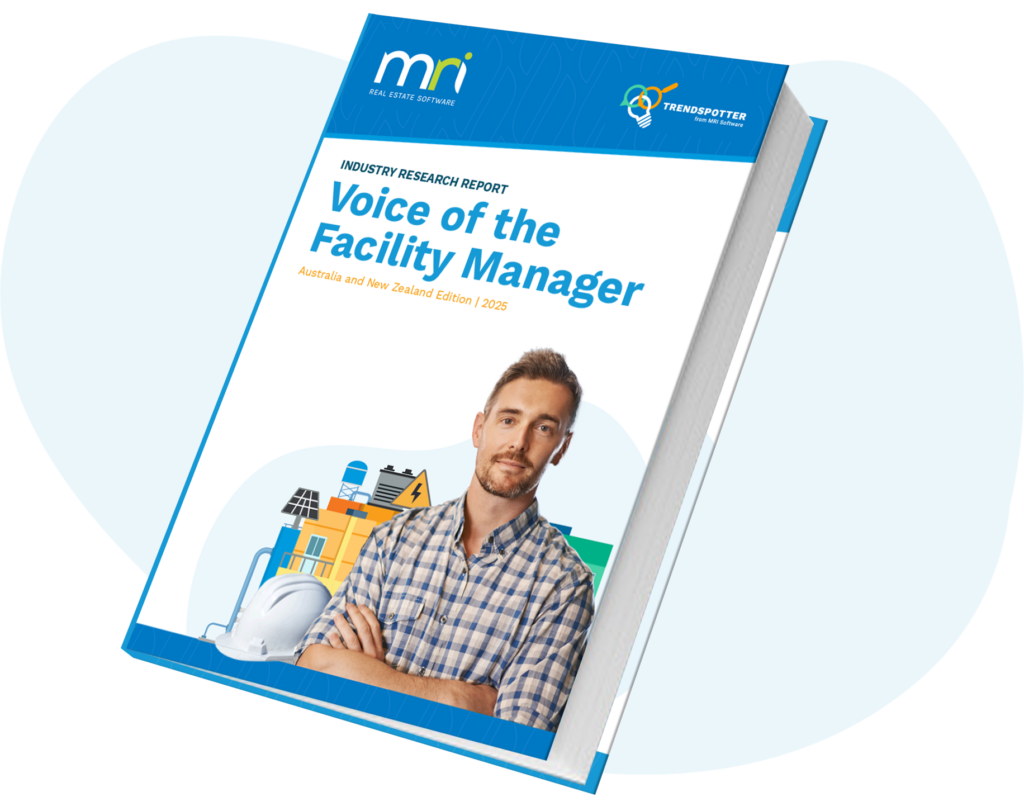What is a healthy building?
Did you know that people spend around 90% of their time indoors? This fact alone makes it essential for both residential and commercial buildings to prioritise creating a healthy indoor environment. Healthy buildings ensure that everything from the air you breathe to the lighting and temperature is optimised for your well-being.
In this blog, we’ll explore the key principles behind maintaining a healthy building and how they directly impact tenant satisfaction and retention. You’ll discover how important factors like air quality, lighting, and noise control contribute to a comfortable and productive space. We’ll also look at how modern technologies like building management systems (BMS) simplify the process of keeping your building healthy and efficient.
What are the key principles of a healthy building?
Healthy buildings are guided by several essential principles, ranging from air quality to water management. By addressing these factors, you ensure that your tenants live in an environment that promotes their health and well-being. Each element plays a crucial role in creating spaces that people enjoy living in.
Technologies like building management systems (BMS) help property managers monitor and control these important factors efficiently. This allows you to keep your building healthy for both short-term tenant satisfaction and long-term success. Let’s take a closer look at each key principle.
Air quality
Air quality is one of the most critical aspects of a healthy building. Poor air quality can lead to discomfort, respiratory issues, and even reduced cognitive performance. In fact, studies show that buildings with well-maintained ventilation systems can boost cognitive performance by 26%.
To maintain good air quality, you should regularly service HVAC systems and use high-quality air filtration. Keeping indoor humidity levels between 30% and 60% also helps prevent mold growth and other harmful allergens. These simple steps make a big difference in how comfortable your tenants feel.
Dust
Managing dust is essential for maintaining good indoor air quality. Dust buildup can trigger allergies and asthma, making it important to keep surfaces and air ducts clean. Regular cleaning using high-efficiency vacuums can greatly reduce the amount of dust in the air.
Property managers often find success by scheduling routine cleaning sessions and using HEPA filters in vacuums. This proactive approach helps ensure a cleaner and healthier living environment for tenants. It’s a small investment that pays off in terms of tenant comfort and satisfaction.
Lighting
Good lighting improves mood, productivity, and even sleep quality. Natural light, in particular, is known to boost well-being and help people stay focused. Studies have shown that people exposed to more natural light tend to sleep better and feel more energised during the day.
For property managers, installing energy-efficient LED lights and maximising access to natural light are great ways to enhance tenant comfort. Smart lighting systems that adjust based on daylight can also provide benefits. These improvements make your building more welcoming and comfortable.
Moisture
Uncontrolled moisture in a building can lead to mold, which poses serious health risks for tenants. Regular inspections of plumbing, HVAC, and roofing systems can help catch leaks or moisture buildup before they become major issues. Proper moisture control is a key aspect of what is building operations, ensuring that systems function efficiently to prevent dampness and mold.
In healthy buildings, ventilation systems should function well to keep moisture levels in check. Preventing dampness and mold is crucial for maintaining a safe and comfortable living space. Addressing moisture issues early saves you money and improves tenant well-being.
Noise
Excessive noise can disrupt sleep, lower productivity, and make living spaces uncomfortable. Multifamily properties are especially vulnerable to noise disturbances from both inside and outside the building. Noise pollution is a leading cause of dissatisfaction among tenants and can lead to early move-outs.
To minimise noise disturbances, consider installing soundproofing materials in walls, floors, and windows. Regularly maintaining noisy HVAC systems and machinery can also reduce indoor noise levels. These steps can help create a quieter, more peaceful environment for tenants.
Safety and security
Safety and security are foundational to a healthy building. This includes making sure smoke and carbon monoxide detectors are in working order and that you have a reliable security system. Tenants feel more comfortable and secure in buildings with controlled entry systems and well-lit communal spaces.
Having a solid emergency action plan in place is also essential for maintaining a secure environment. Regular safety drills and maintenance checks ensure the building is prepared for emergencies. Taking these steps reassures tenants that their safety is a top priority.
Thermal health
Thermal comfort refers to maintaining a balance between temperature and humidity. If a building is too hot or too cold, tenants may experience discomfort and energy bills will likely rise. Keeping your building at an ideal temperature ensures comfort and helps you control costs.
Smart thermostats and HVAC systems can help maintain the perfect balance between temperature and energy efficiency. These systems adjust to external conditions and tenant preferences, ensuring a comfortable indoor climate. Thermal comfort should always be a priority for property managers.
Ventilation
Proper ventilation is key to maintaining good indoor air quality. Since recent health concerns have heightened awareness around air circulation, property managers need to prioritise air ventilation more than ever. Ensuring that fresh air flows throughout your building helps keep tenants healthy and comfortable.
Ventilation systems should meet or exceed local guidelines for outdoor air quality. By upgrading to efficient HVAC systems, you can improve air circulation and remove indoor pollutants. This improves overall tenant satisfaction and makes your building a healthier place to live.
Water quality
Providing clean water is a critical component of any healthy building. Poor water quality can lead to contamination, posing health risks to tenants. Installing water filtration systems and conducting regular water testing can help ensure the water in your building is safe.
Ensuring your building meets national water quality standards is a key part of maintaining a healthy environment. Clean, safe water is essential for tenant health and contributes to their overall satisfaction. Taking these steps shows that you care about the well-being of your tenants.
Benefits of building management system (BMS)
A BMS is an essential tool for property managers who want to maintain a healthy and efficient building. These systems allow you to monitor and control crucial elements like air quality, heating, lighting, and ventilation all from one centralised location. With a BMS, you can track your building’s performance in real time and address any potential issues before they escalate.
Centralised control
One of the primary benefits of a BMS is its ability to centralise control over various building systems. From air quality to lighting and temperature, a BMS gives property managers the power to make adjustments remotely, streamlining operations. This centralised approach improves response times and helps ensure tenants experience optimal comfort.
Early detection of issues
A BMS offers real-time monitoring that allows for the early detection of potential maintenance problems. Whether it’s a malfunctioning HVAC system or a lighting issue, the system sends alerts before the issue escalates into a costly repair. This proactive approach not only reduces maintenance expenses but also minimises disruptions for tenants.
Improved energy efficiency
Energy efficiency is another key advantage of using a BMS. By adjusting heating, cooling, and lighting based on occupancy and tenant activity, a BMS reduces unnecessary energy usage. This results in lower energy bills for property managers while maintaining comfort for tenants, creating a win-win situation.
Streamlined building operations
Another significant benefit of a BMS is its integration with facilities management software. This integration helps automate routine tasks, such as maintenance scheduling, and centralises building data for easier management. As a result, property managers can improve overall efficiency while maintaining a healthier and more comfortable environment for tenants.
FAQs
Facilities Management software
Leading solutions for property occupiers, owners and service providers & contractors.

Contact MRI Software
To find out more about how MRI Software can help you, contact us today on 1300 657 700.
Voice of the Facility Manager Report – 2025 Australian & New Zealand Edition
The role of the Facilities Manager is ever-evolving. From the adoption of new technologies like AI to the need to adapt practices to suit today’s more flexible building usage requirements, Facilities Managers are being asked to balance numerous respo…

